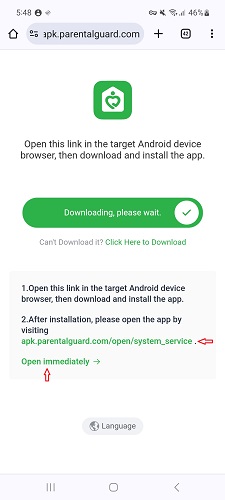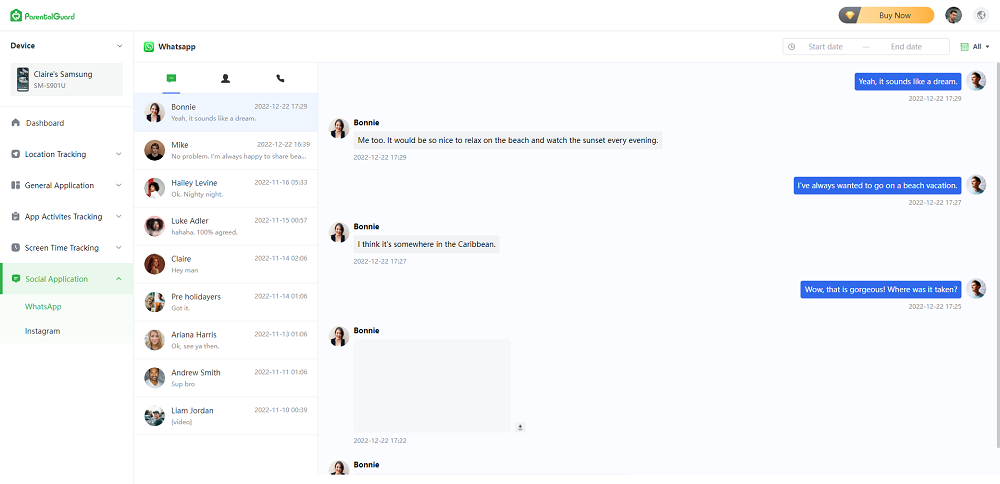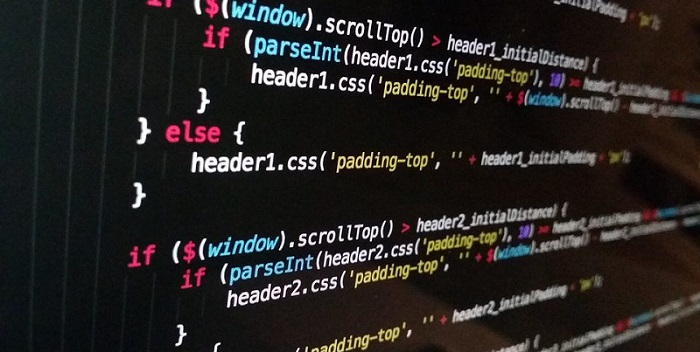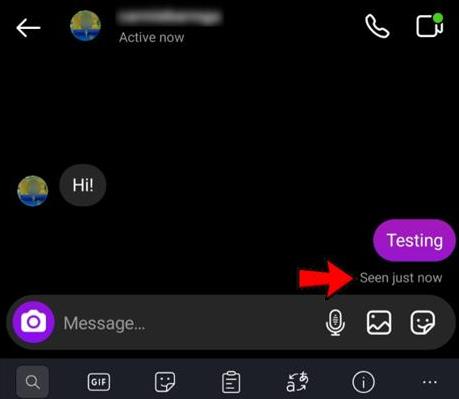Looking to take control of your browsing experience on Google Chrome? When it comes to how to block websites on Google Chrome, you have multiple solutions at your disposal. It is essential to know how to block a website on Google Chrome if you are aiming to enhance productivity, limit distractions, or ensure a safer browsing environment.
With various methods and tools available, you can tailor your browsing experience to meet your specific needs and preferences. From built-in browser features to third-party extensions, exploring the diverse range of options allows you to effectively manage and regulate your online activities. In this comprehensive guide, we'll delve into multiple solutions for how to block certain websites on Google Chrome, providing you with the knowledge and tools necessary to create a more focused and productive browsing environment.
- Part 1: Why You Want to Block Websites on Google Chrome?
- Part 2: How to Block Websites on Google Chrome Utilizing Chrome Extensions?
- Part 3: How to Block Websites on Google Chrome Using Parental Controls?
- Part 4: How to Block a Website on Google Chrome Using the SafeSearch Feature?
- Conclusion
Part 1: Why You Want to Block Websites on Google Chrome?
Here are some reasons why you might want to block certain websites on your browser:
- Blocking distracting websites can help you stay focused and productive, minimizing time-wasting activities during work or study sessions.
- By limiting access to specific websites, you can maintain concentration on important tasks and goals without succumbing to online distractions.
- Implementing website blocks ensures children's safety online, preventing access to inappropriate content and regulating screen time.
- Blocking potentially harmful websites protects your device from malware, phishing scams, and other cyber threats, enhancing overall security.
- Preventing access to certain websites helps safeguard your personal information and browsing history from being tracked or compromised.
Part 2: How to Block Websites on Google Chrome Utilizing Chrome Extensions?
Blocking websites on Google Chrome using the BlockSite extension offers a seamless solution for managing your browsing experience. This method is particularly convenient for users across Windows, Linux, and macOS platforms.
Here’s how you can do it:
- Navigate to the website you wish to block access to.
- Click on the BlockSite icon located at the top right corner of your browser toolbar.
- Click the "Block this site" button within the BlockSite interface to restrict access to the website.
After adding the site to your block list, BlockSite will display a notification confirming the action.
For utilizing BlockSite as your preferred website-blocking extension, follow these additional steps:
-
Visit the Chrome Web Store and search for "BlockSite" in the search bar.

-
Click on the appropriate BlockSite extension result and select "Add to Chrome" to initiate the download process.

-
Once the download finishes, BlockSite will be automatically added to your list of Chrome extensions.

To further customize your block list, you can access the BlockSite dashboard:
- Click on the BlockSite extension icon and select "More options", then choose "Options".
-
Navigate to the "Block Sites" tab within the BlockSite options and input website URLs to block them.

To block websites in Chrome's incognito mode, you need to access the BlockSite extension settings by clicking on the gear icon, then click on "Enable in Incognito Mode" to prevent access to blocked websites even when browsing privately.

Part 3: How to Block Websites on Google Chrome Using Parental Controls?
Option 1. Using the Built-in Parental Controls
Using the built-in parental controls on Windows 11 provides an effective method for restricting access to specific websites.
Here's a step-by-step guide:
- Navigate to the Windows menu and select Settings. Then, click on Accounts to set up a child account.
-
Under "Family & other users", choose "Add a family member", then "Add Account" to create a new child account.

-
Opt for the "Create one for a child" option to establish the new child account.

-
After creating the child account, access it through your Microsoft account page.

-
Head to Content filters and select "Blocked sites" to input the URLs or domain names of the sites you want to block.

- Click the plus icon to add each site to your block list, repeating the process for additional sites.
- Switch to your child's account to confirm whether the blocked sites are inaccessible.
Option 2. Using Third-Party Parental Control Tool
Using a third-party tool is another viable option to block websites on Chrome. ParentalGuard is an innovative parental control app designed to keep your kids safe online. With its intuitive interface and powerful features, ParentalGuard effectively blocks inappropriate content, manages screen time, and provides comprehensive monitoring of your child's online activities.
Here’s what ParentalGuard offers:
- ParentalGuard effectively blocks inappropriate content, limits screen time usage, and monitors children's online activities across various devices and platforms.
- Available for iOS, Android, Windows, Mac, and Chromebook devices.
- Set reminders based on specific locations for added convenience and safety.
- Monitor social media discreetly, track various data types including text messages, photos, videos, location history, and app usage in real-time.
- Implement web filtering to block access to risky websites.
Here’s a step-by-step guide on how to use ParentalGuard on Google Chrome:
-
Visit the official ParentalGuard website to register and log in to your account.

-
Follow the on-screen instructions to install ParentalGuard on the desired device for monitoring.
-
Once installed, launch the app or visit my.parentalguard.com/open in your web browser.

-
Make sure to grant all necessary permissions for accurate monitoring. Upon completing the permission settings, receive a prompt indicating successful setup.

-
After installation and setup on the target device, access detailed information via your account on our website.

If you're interested in using ParentalGuard on your iOS device, you can check this guide.
Part 4: How to Block a Website on Google Chrome Using the SafeSearch Feature?
You can also utilize the SafeSearch functionality in your Chrome browser to block specific websites. Enable this feature through your Google account preferences by accessing settings. Check the box labeled "Activate SafeSearch" and then save your changes at the bottom of the page.

Once enabled, SafeSearch will automatically filter out explicit content from your Google search results.
Conclusion
Knowing how to block websites on Google Chrome is crucial for maintaining a safe and focused browsing environment.
In this guide, multiple solutions are available to suit your needs. You can use them to improve productivity, protect your children from inappropriate content, or safeguard your device from cyber threats. From browser extensions like BlockSite to built-in parental controls and third-party tools like ParentalGuard, the options are diverse and accessible. By using these tools and methods, you can take control of your online experience and create a safer environment.


















